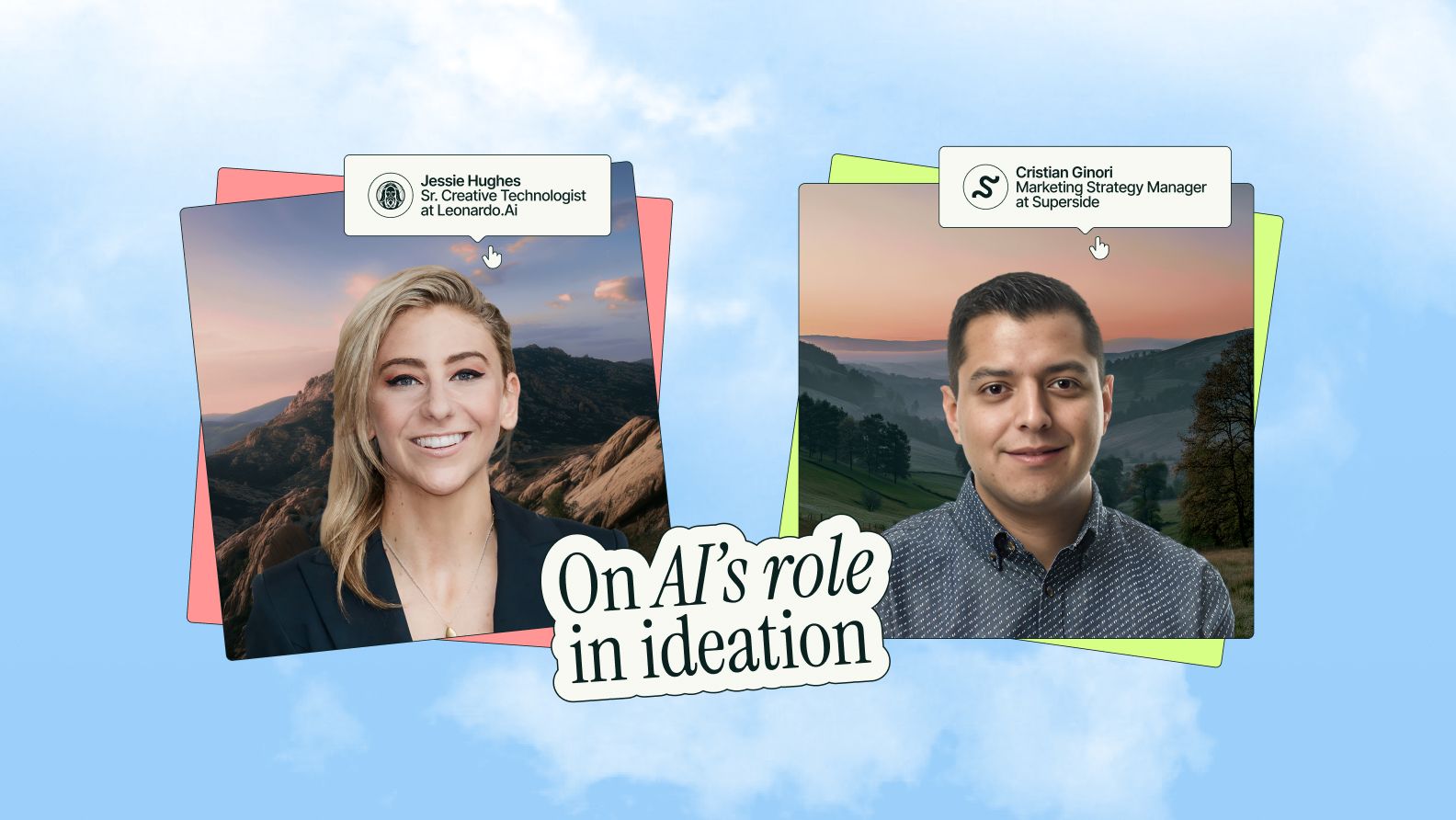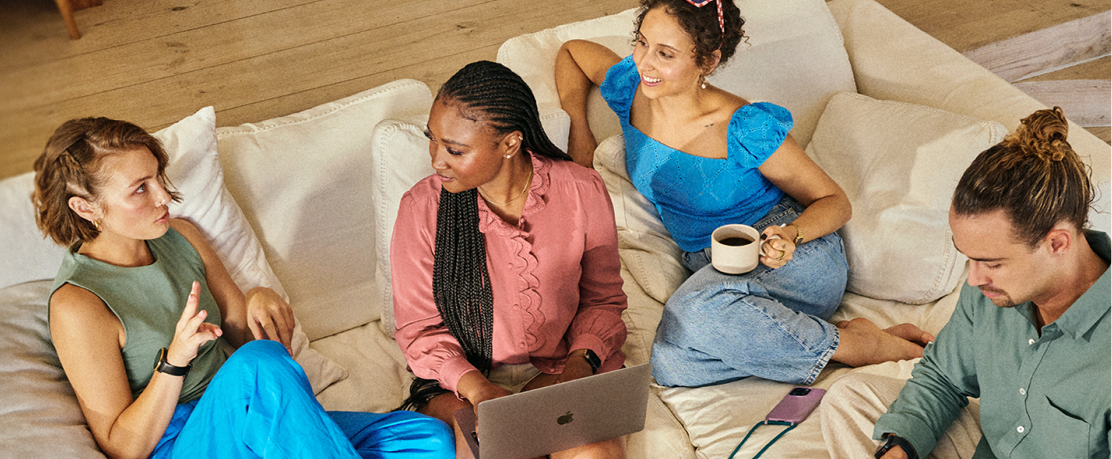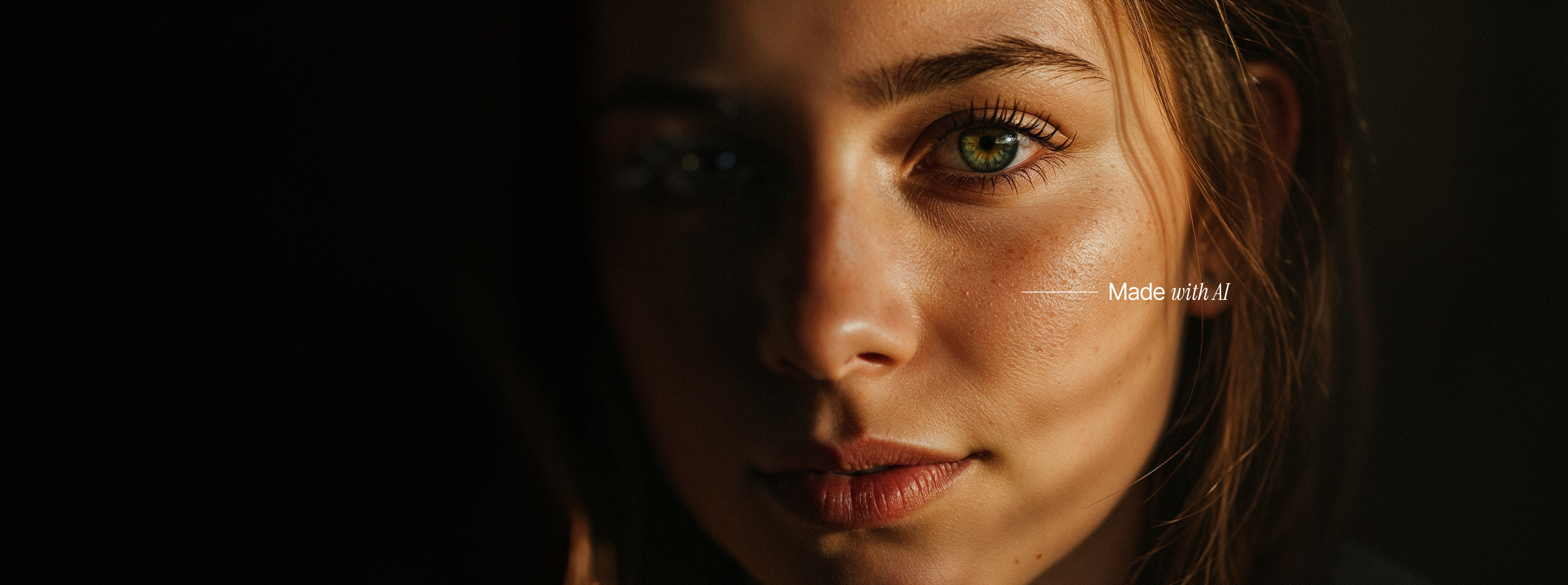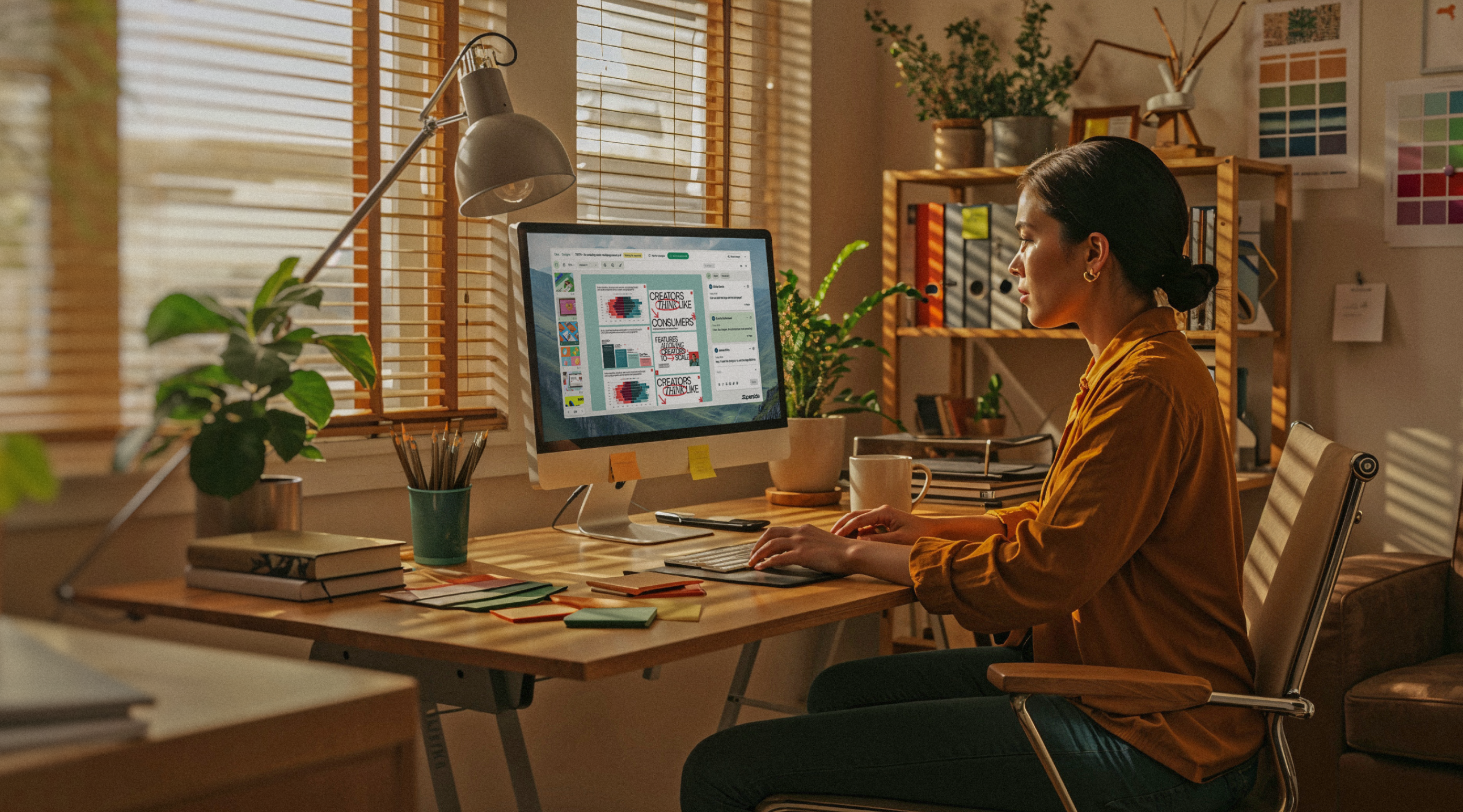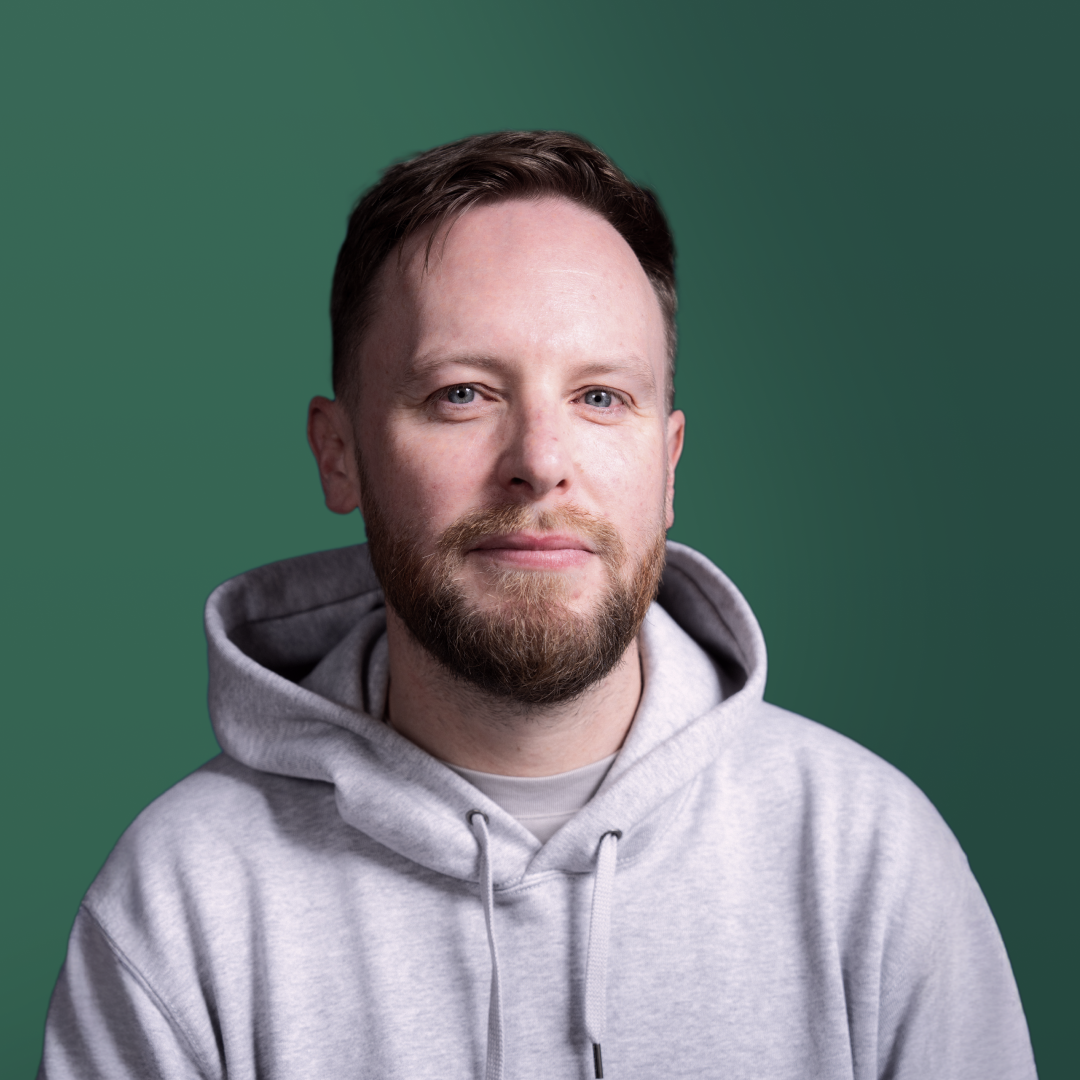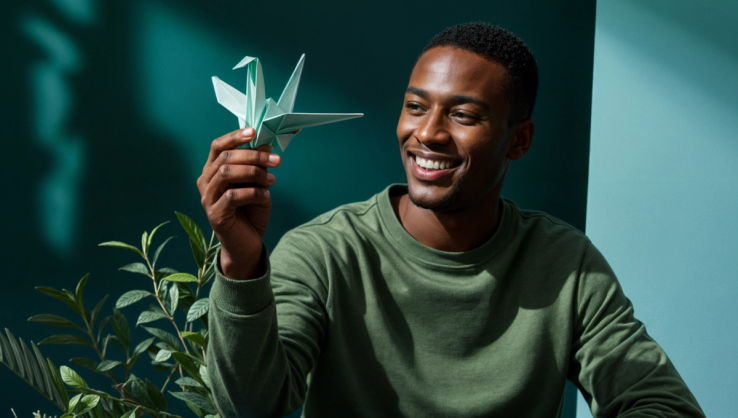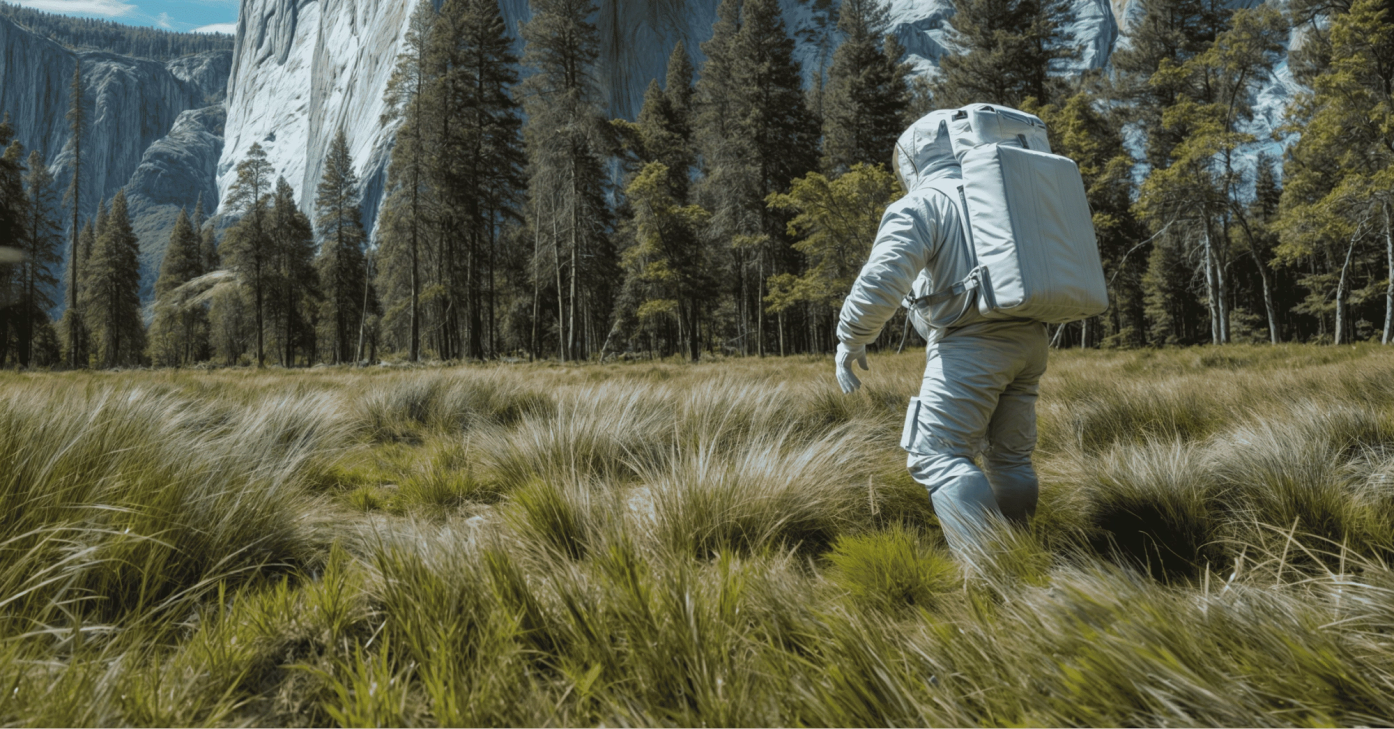The Future of Artificial Intelligence (AI) in Design

AI isn’t coming for your job… but it is coming to take your job to the next level. Dig into our predictions for the future of AI in design, starting with a look at the current state of the industry, the benefits of this technology for creatives and what it all means for the teams of tomorrow.
There’s a sunk-cost fallacy for designers when it comes to AI.
The sunk cost: Decades spent refining their skills.
The fallacy: That using AI makes those skills any less essential.
The truth is, AI doesn’t have a designer’s eye. It may have access to a repository of AAA creative work, but it lacks real hands-on experience. It can’t tell if something looks good. It’s quintessentially a “yes” person. (Ahem, robot.)
If anything, AI makes real designers even more essential. But it also has the potential to make them five times more powerful. In the right hands—experienced, creative, discerning hands—AI in design can enable unprecedented speed, scale and success.
The question is, who will seize the opportunity first? All signs point to the marketing industry leading the pack.
The State of AI in the Design Industry
Have you ever heard of SuperPaint? What about PageMaker circa 1985?
These programs were among the first graphic design tools to hit the market. At the time, designers worldwide were divided. Some believed using computers would remove the human touch and lead to lower quality designs. Others sped ahead, gaining a competitive advantage and accelerating growth.
Now, designers are at a similar crossroads. Generative AI is already transforming the design industry, with marketing and advertising boasting the highest adoption rate of any sector.
Though hard to quantify the impact AI will have, one study by MIT shows businesses can increase productivity by 50% with this technology. Comparing these gains to past technological breakthroughs, like the advent of the internet and electricity, Nvidia drives home just how significant AI has the potential to be.
But do these productivity gains translate to design? It’s early days, but in the first two months of our own pilot program for AI-Enhanced Creative Services at Superside, we saved up to 1,015 hours of design time on projects, which translates to a 36% increase in efficiency and approximately $81,200 worth of design hours for our customers.
Here are a few examples of how we’ve applied AI in design:
- To produce a variety of images for X (Twitter) Space banner templates. By using Midjourney and Figma, the team generated 3300 unique images, saved 37.5% on design time and $1-1.3K worth of design hours for Ava Labs.
- To develop illustrated stickers and virtual meeting backgrounds. Leveraging Midjourney and Photoshop, the team generated 756 illustrations, saved 90% on design time and $15-20K worth of design hours for Independence Pet Group (IPG).
- To create animated scenes for an interactive game. Again, the team used the power duo of Midjourney and Photoshop to produce 676 images in an illustrated style, saving 85% on design time and $9-11K worth of design hours for National Gas Metering.
- To generate eye-catching graphics for a social media campaign. For this project, the team used ChatGPT, Midjourney, Photoshop and Vectorizer AI to develop 21 images that captured key themes while staying on brand for Amsive.
For this last project, we didn’t save on time or costs. That’s because tailoring the images to Amsive’s specific brand aesthetics and guidelines was a more time-consuming endeavor. Nonetheless, we did add value by providing a wealth of unique options to the client.
It goes to show, there are benefits to AI beyond increasing productivity. Let’s take a closer look at some of the ways AI in design can give your business an advantage.
What Are the Benefits of AI in Design?
At its core, AI is a force multiplier.
Combined with a human mind, that raw potential can result in masterpieces. The key is for a creative to guide the way. That’s why I say, AI isn’t coming for your job—it’s coming to take your job to the next level. But I’m getting ahead of myself…
How can AI help? Here are just a few of the benefits of embracing this technology in design:
How Can You Use AI in Design?
The benefits of AI abound—and so do its uses.
As we’ve seen, this technology’s superpower is scale. By generating images, illustrations and design elements en masse, designers can increase their output without a linear increase in time and effort. Of course, there are also time-saving AI power features, like generative fill and automatic color correction.
But the true power of AI is X-to-X generation.
The classic example here is ChatGPT, a text-to-text AI system. For designers, the next most common use case is text-to-image. There are several tools that fulfill this purpose—our favorites include Midjourney, Runway, Adobe Firefly and Photoshop.
Then there’s image-to-vector tools, like Vectorizer AI. Though the output isn’t currently perfect, this type of tool is still a big time-saver in the AI-enhanced design process.
According to The Board of Innovation, this is just the beginning of creative AI’s potential. In the future, we might enter an era only imagined in sci-fi novels where we can go from thought to design. (No really, companies like Neurolink are working on implantable tech that will allow humans to interact with computers through their thoughts.)
I’ll be the first to admit, these advances are both terrifying and exhilarating. But realistically, what does it all mean for the future of design?
What AI Means for the Future of Design
I’ll die on this hill: AI will not replace designers.
There’s no question, it will enhance the design process. But there will always be a need for creative minds to guide the way. Which is why I believe the future of design lies in creative AI teams; designers who leverage AI tools, guide creative concepts and refine generated visuals to meet brand standards and communication needs.
Just like the designers of the 1980s learned how to collaborate with computers, today’s creatives will adapt to having an AI co-pilot. And together, designers and AI will unlock a new era of scalable, high-performing creative.
What might this partnership look like?
Humans and AI Are Better Together
From IKEA’s robot-generated retro furniture to Beck’s Autonomous’ marketing campaign, humans and AI are already combining forces to push the boundaries of creativity at scale.
So, though there are some valid concerns about AI’s potential impact on the creative industry, 60% of designers aren’t worried. At least, the ones who remember when Apple killed Flash and sagely advise that tech and tools will come and go but “creativity is uniquely human.”
At Superside, we’re of a similar mind. Our superpower has always been our people—the top creative talent from around the world. And now, by combining that talent with the world’s most powerful AI tools, we’re creating exponential value for our customers.
Our motto: Human-powered creativity, AI-powered scale.
You may also like these
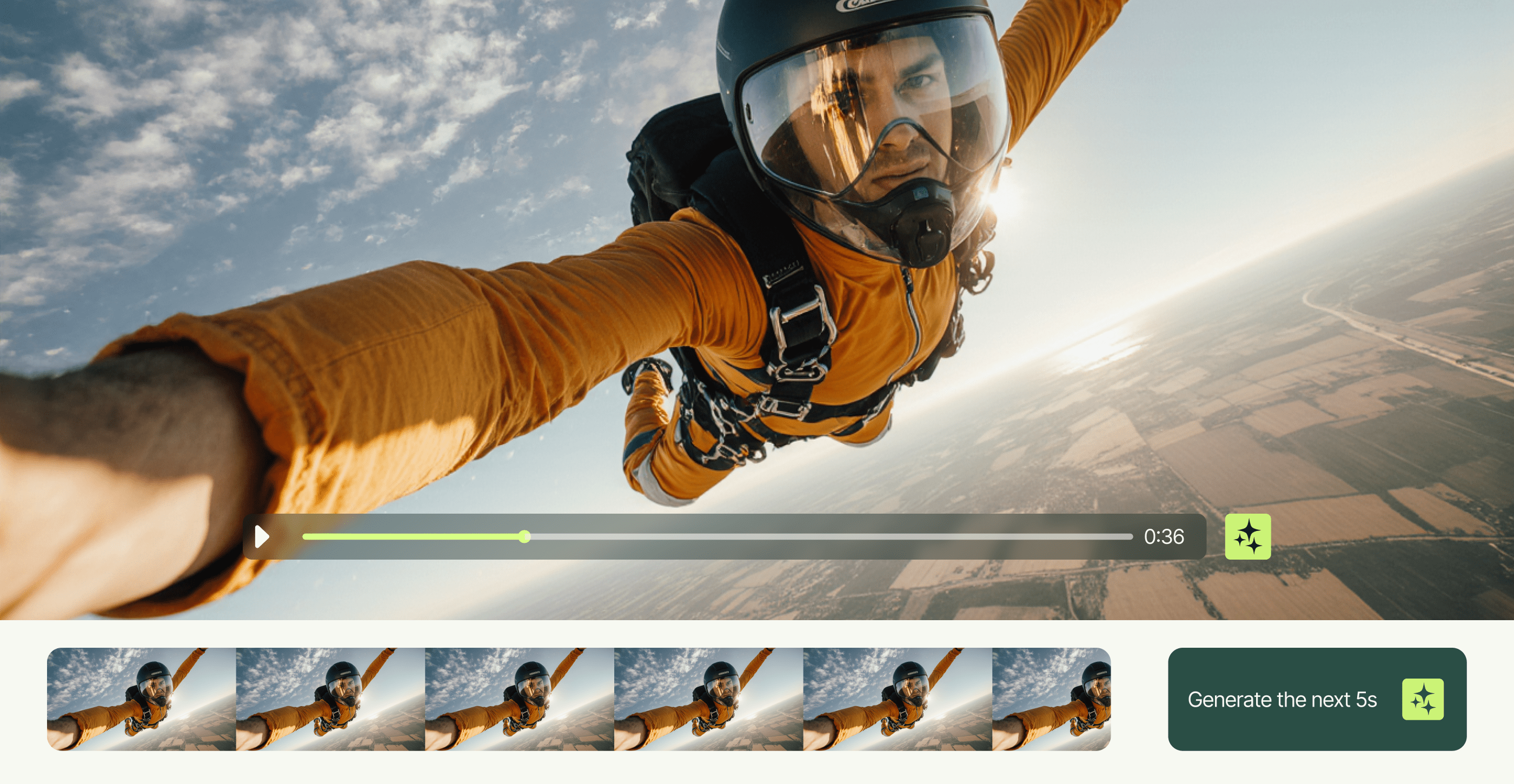
10 best AI video examples for inspiration in 2025
Video marketing continues to prove its impact. Viewers retain 95% of a message when they watch it on video, compared to 10% when they read it in text. And 89% of consumers love the format so much that they want even more branded video content.This demand has driven brands to explore innovative tools and production approaches over the last few years. AI has played a central role. In 2025, 41% of businesses used AI for video production, while another 19% planned to experiment with the tech in the near future.But the unprecedented demand for video means these tools alone aren’t always enough. In the enterprise environment, those who make a lasting impression deliver scale, consistency and fresh creativity. Many creative teams struggle to keep up without a strategic approach that combines AI excellence, top talent, streamlined processes and smart project management solutions.This article highlights exceptional AI-powered video examples crafted by Superside’s creative team, alongside standout work from other brands. We showcase work that tells powerful brand stories and unpack why each example matters for marketers who want to produce videos that win customers.
9 AI marketing campaigns pushing creative boundaries in 2025
AI is no longer just a novelty or a behind-the-scenes efficiency tool. The tech has matured to the extent that it’s shaking up marketing’s creative and strategic core.The world’s top brands don’t just use AI to automate tasks or deliver efficiencies. They use AI technology as a creative co-pilot that speeds up ideation, experimentation, personalization and more.In this article for enterprise marketing leaders, heads of creative, brand strategists and innovation leads, we explore nine AI-powered campaigns that demonstrate how the technology contributes to real-world marketing success. We start with two Superside examples, and then unpack seven more AI campaign case studies.Stick with us as we explore why today’s marketing teams should embrace AI, how to determine whether an AI tool belongs in your marketing stack, and why Superside should be your go-to creative partner.Why you should use AI in your marketing campaigns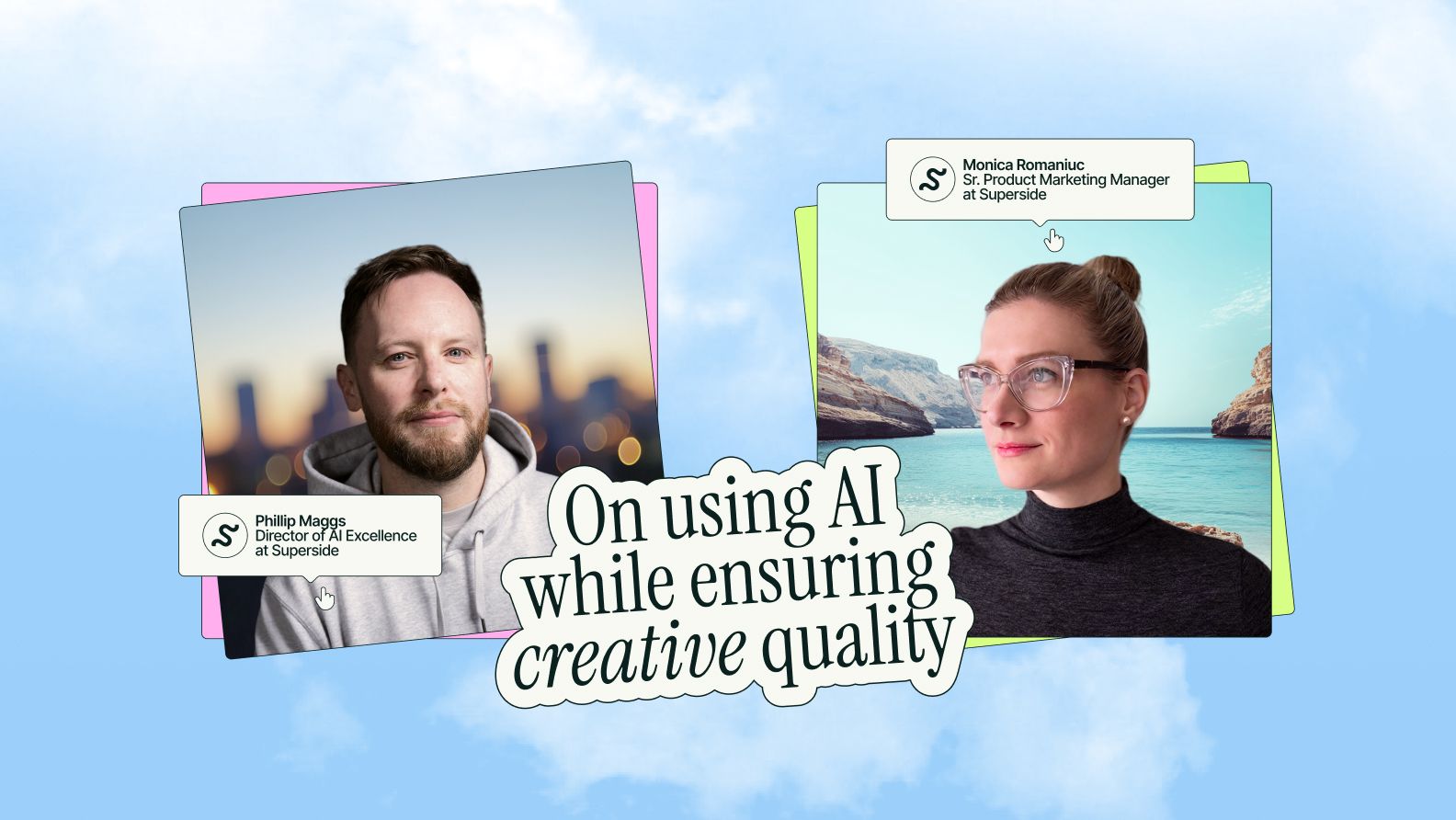
AI meets expertise: Inside Superside’s formula for quality creative
Will it look too “AI-y?” Will it sound too “AI-y?”When it comes to AI, many creatives and marketers share a common concern: Will it compromise the quality of their work?In our latest guide, Inside Great Creative Partnerships, Superside’s Phillip Maggs, Director of AI Excellence, and Monica Romaniuc, Senior Product Marketing Manager, confirmed this fear is unfounded—provided you’re doing it right. From quick tips to caveats, they shared:Where AI can provide value across creative and marketing workflowsWhy legacy stacks are a caveat (but not a lost cause)